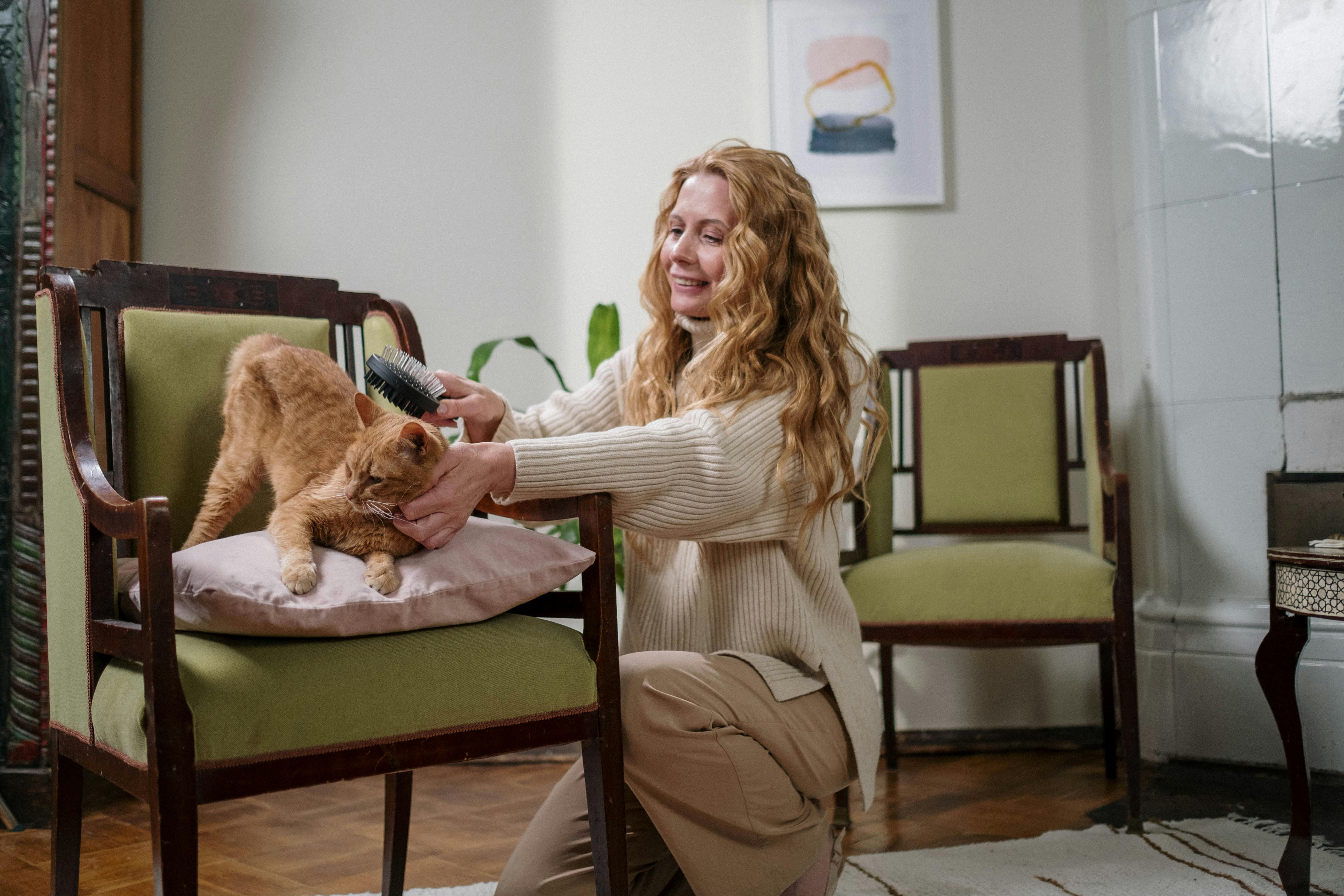After reading Roger Abrantes’s book, “Dog Language, An Encyclopedia of Canine Behavior,” I learned a lot more about how humans act around dogs and how they actually interpret our actions and behavior.
Lucky for us, since our relationship is something that both dog and human ideally want, most dogs are very adaptable and tolerant.
According to the book, several common misunderstandings occur when greeting a dog. First of all, we smile. For a human this is a sign of friendship. To a dog, this showing of teeth is a threat. What is not mentioned in the book, but is my humble opinion, is that dogs have been conditioned to associate this with positive behavior. The fact that our voices are generally friendly, and possibly higher, helps, and laughter and playtime help the dog associate smiling with good things.
Second is the outstretched hand. According to the author, this violates the dog’s space and is threatening. Ideally, he says, you should crouch down, not meet the dog’s eyes, and allow the sniffing behavior until the dog has accepted you. Then stand up slowly and interact. I think this is a good approach for a passive puppy or dog. For a dog with a lot of energy, nervous energy, or showing aggression, I prefer to stand up to show a dominant position. (See my articles on Pack Mentality to understand “position”). I don’t meet the dog’s eyes, but allow a brief encounter of smell. So I interact. Therefore, I think you should read the dog you meet to know the best method to greet him. I also suggest that children never lean in or look the dog in the eye, as I have seen this elicit dominant behavior even in passive dogs. They should also not be allowed to squeal or move quickly around a dog they have just met. This will increase the chances of a good encounter and decrease the chances of an accident.
Another misunderstanding that dogs tolerate is the hug. For humans it is a sign of affection. For dogs it is a sign of dominance, of “holding it”. If you look closely, and I’ve attached my own example, dogs will turn away from you or look away during this behavior. The ears and eyes will show that this is not pleasant for them. This is also a very valuable lesson for children, as this is a common area where children get hurt due to misunderstanding. I agree with the author that in order for us to fully enjoy the relationship with our dogs, we must remember: a dog is a dog. I think they are customizable, but they were created unique to us. Selflessly, we must acknowledge that and interact in a way that they appreciate. For everything they give us, it is a small gift in return.
